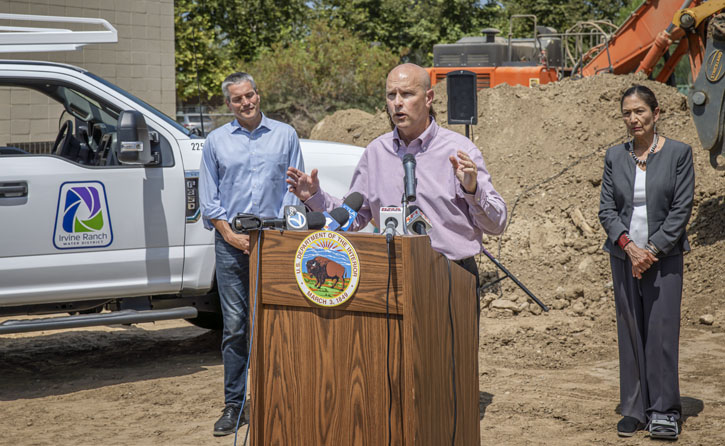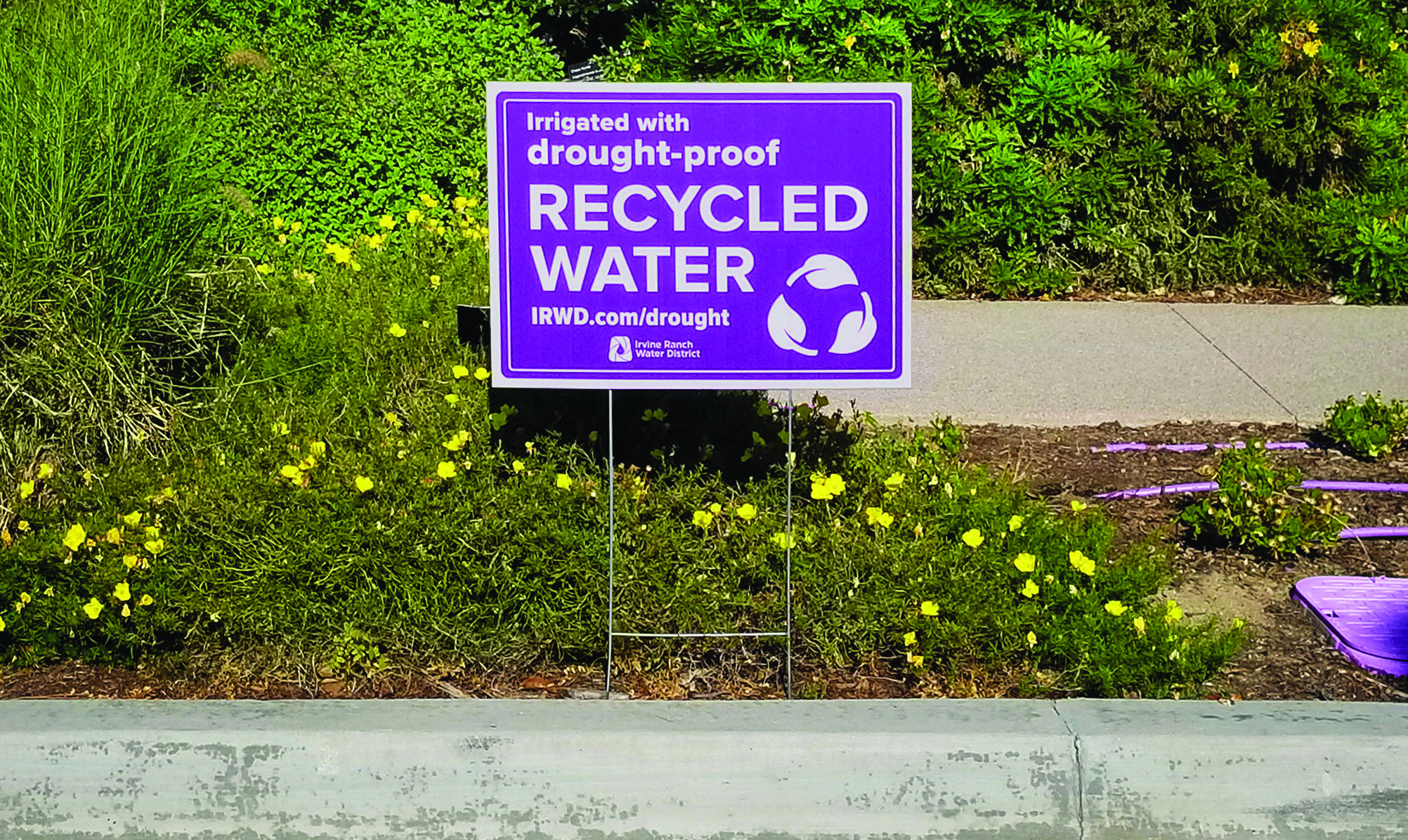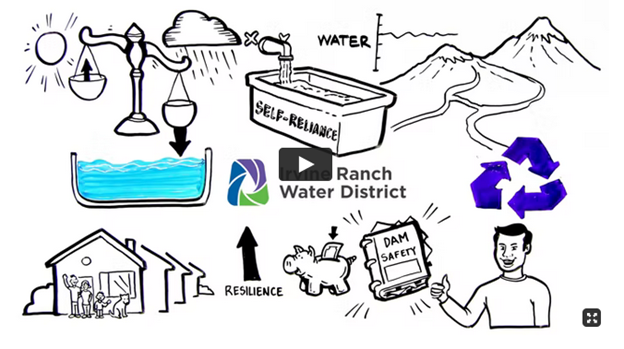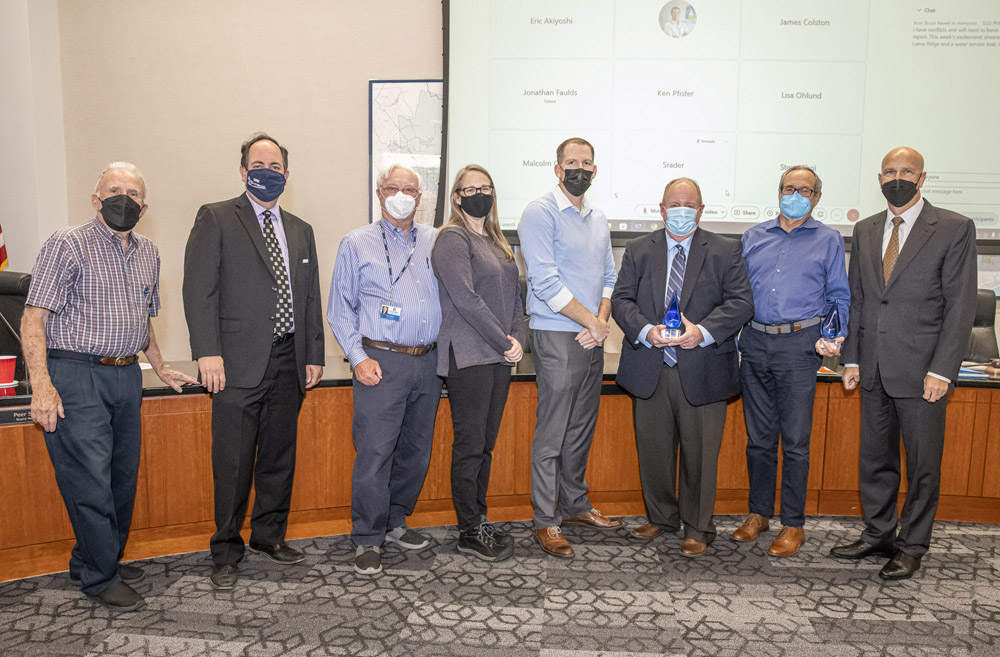Water pressure is the force behind the flow of water coming from your tap.
What determines that force is a combination of mostly gravitational factors including: how much water is moving through your pipes, the elevation of your home and water source, the distance the water traveled to get to your tap, and how much water is being used at any given time in your neighborhood.
With so many dynamics at play — coupled with the unique circumstances of each home’s plumbing and fixtures — water pressure can vary from property to property, even from hour to hour.
IRWD’s service area covers many different land uses and elevations. Because of these variable conditions, the District’s water system is designed to provide the right water pressure to meet the needs of customers in any given area.
Low Pressure
If the water pressure at your home seems low, that could have several causes, including:
Debris or mineral buildup in your home’s pipes, faucets and aerators.
Smaller plumbing pipes inside your home, which limit the volume of water traveling to the tap.
Plumbing leaks.
Living where water has to travel a long distance or struggle against elevation gains to get to your home.
Malfunctioning water softeners, water heaters or pressure regulator valves.
High demand periods, which cause pressure losses in the system.
High Pressure
High pressure at your home can sometimes lead to water waste and may cause damage over time to pipes, appliances and fixtures from undue wear. This could be the result of:
Living in a lower-lying area where the gravitational force of water flow is higher.
Living in an older home without a pressure regulator valve, where one might be needed.
What is a PRV?
Pressure regulator valves have been a standard part of new home construction since the 2000s, and are now required by the Universal Plumbing Code when the water pressure to a new development exceeds 80 pounds per square inch (psi).
If you think you have a problem with your home’s water pressure, you may want to check with a licensed plumber to identify the cause and discuss solutions.










